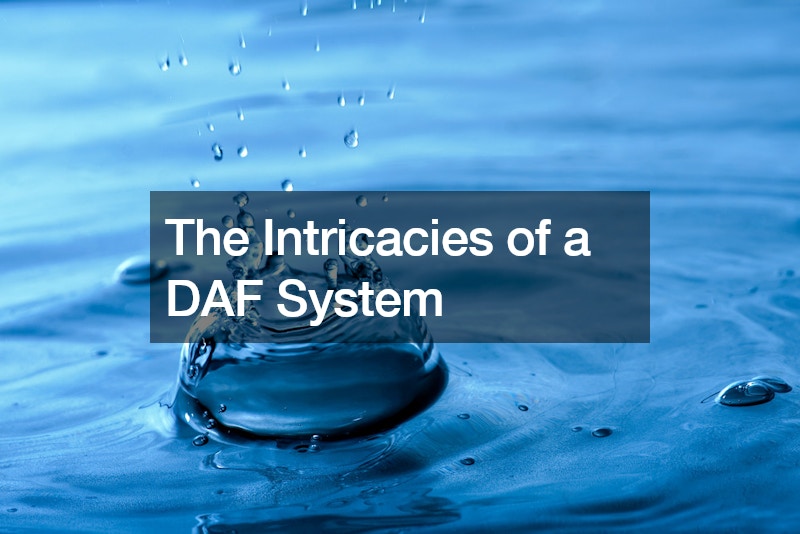Delving into Dissolved Air Flotation (DAF) optimization unveils the intricacies essential for maximizing your system’s performance. Begin by grasping the fundamental principles of DAF, a water treatment process that removes suspended solids, oils, and other contaminants by introducing air bubbles into the water. Explore the various components of a DAF system, including the influent feed, flotation tank, flocculation chamber, and effluent discharge. Each plays a crucial role in the efficiency and effectiveness of the treatment process.
Understand the importance of optimizing key parameters such as air-to-solids ratio, retention time, and hydraulic loading rate to achieve optimal flotation performance and contaminant removal.
Learn about advanced DAF optimization techniques and technologies, such as variable speed drives, automated control systems, and real-time monitoring sensors, which enhance system reliability, flexibility, and efficiency.
Grasp the significance of proper maintenance and regular servicing in DAF optimization, including equipment cleaning and inspection, instrumentation calibration, and troubleshooting of operational issues. Consider seeking expertise from DAF optimization specialists or water treatment engineers to assess your system’s performance, identify areas for improvement, and implement targeted optimization strategies.
By understanding the intricacies of DAF optimization and implementing tailored strategies for your system, you can enhance treatment efficiency, reduce operating costs, and achieve consistently high-quality effluent in your water treatment processes.





